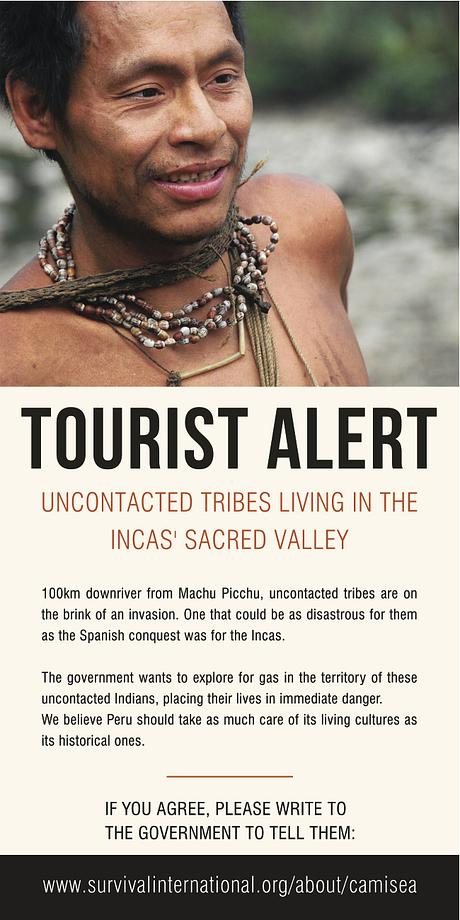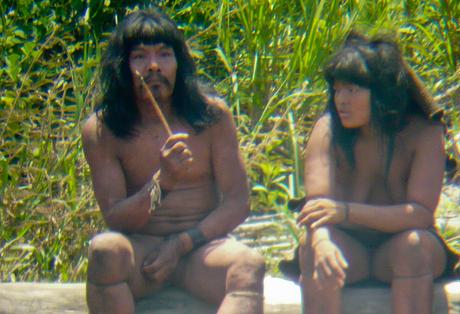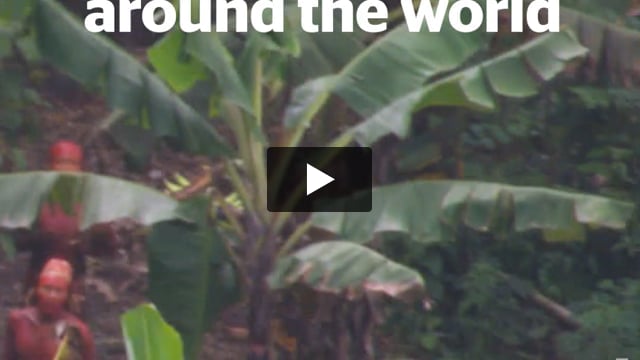Tourists leafleted at Machu Picchu over uncontacted tribes
November 8, 2012

Survival has launched a leafleting campaign targeting tourists arriving at Machu Picchu in Peru.
Survival representatives recently handed out leaflets to tourists at Machu Picchu train station, and will repeat the action in the future.
The leaflets highlight the plight of uncontacted Indians in the ‘Sacred Valley’ of the Urubamba river – the same valley in which Machu Picchu lies.
The Indians, who include members of the Nanti and Mashco-Piro tribes, live just 100km from Machu Picchu. Despite living in the protected Kugapakori-Nahua-Nanti reserve, the government plans to open up their land to oil and gas exploration.
Peru’s largest and most notorious energy project, the Camisea gas fields, lies deep in the reserve.
Owned by a consortium of foreign gas companies including Pluspetrol, Hunt Oil and Repsol, the project has been granted permission to expand further into the area, despite the risk to tribal communities.

Peru’s Amazon Indian organisation AIDESEP, together with local Indian organisations FENAMAD, ORAU and COMARU, recently issued a statement in which they said the isolated Indians in the area would be wiped out if the project goes ahead.
The Nahua-Nanti Reserve acts as a buffer zone to another hugely important tourist attraction, the Manú National Park.
Stephen Corry, Director of Survival, said today, ‘Peru rightly flaunts its extraordinary Andean city, Machu Picchu, to international tourists. They can see for themselves the impoverishment of the Quechua Indians descended from those who built the masterpiece, and can read about the Spaniards’ barbaric treatment of the Indians whose lands and resources they invaded and stole. Surely, they should also know that history is being played out again, with the invasion and theft, plotted in Lima this time, of the uncontacted Nanti and Mashco-Piro.’
Download Survival’s leaflet:





